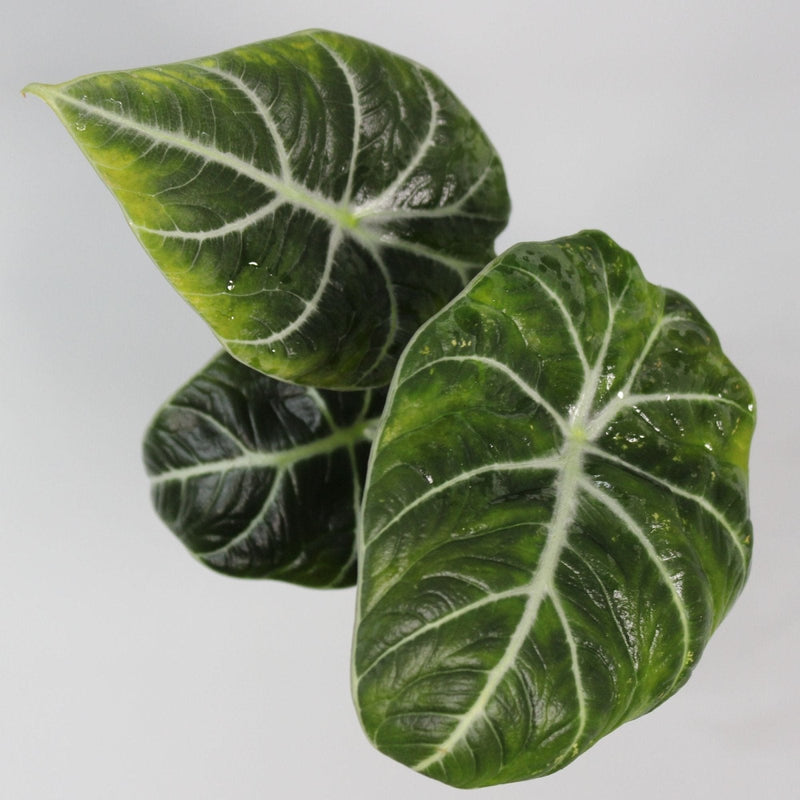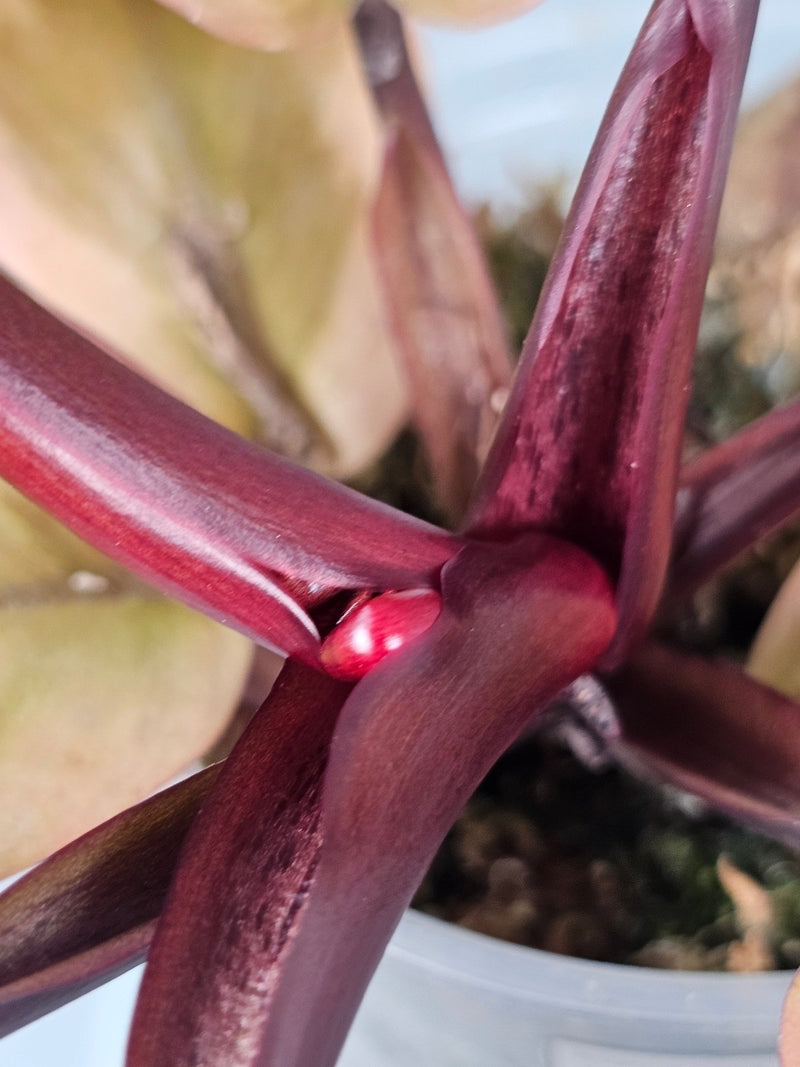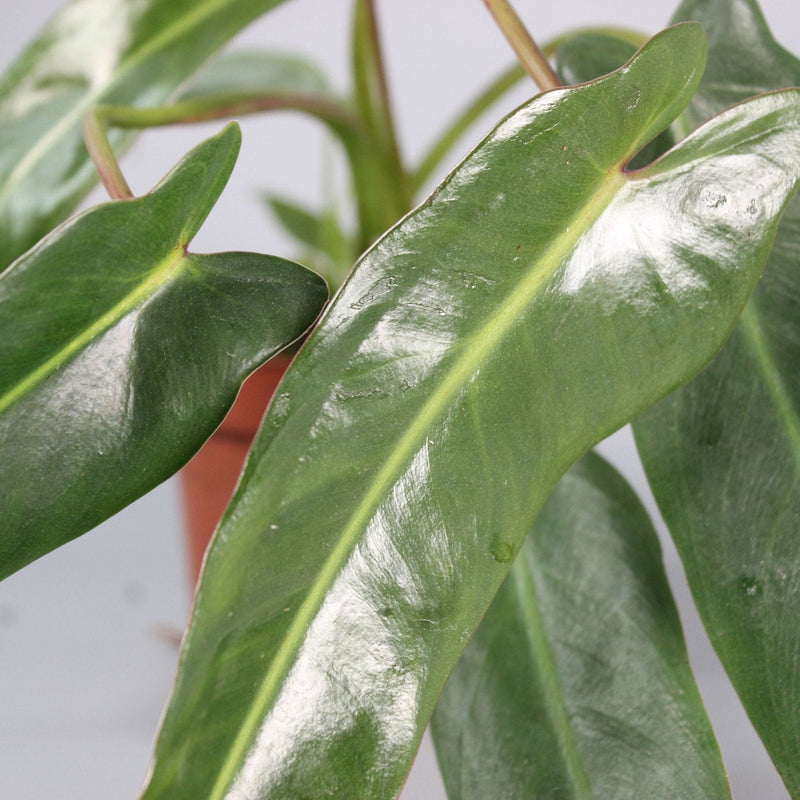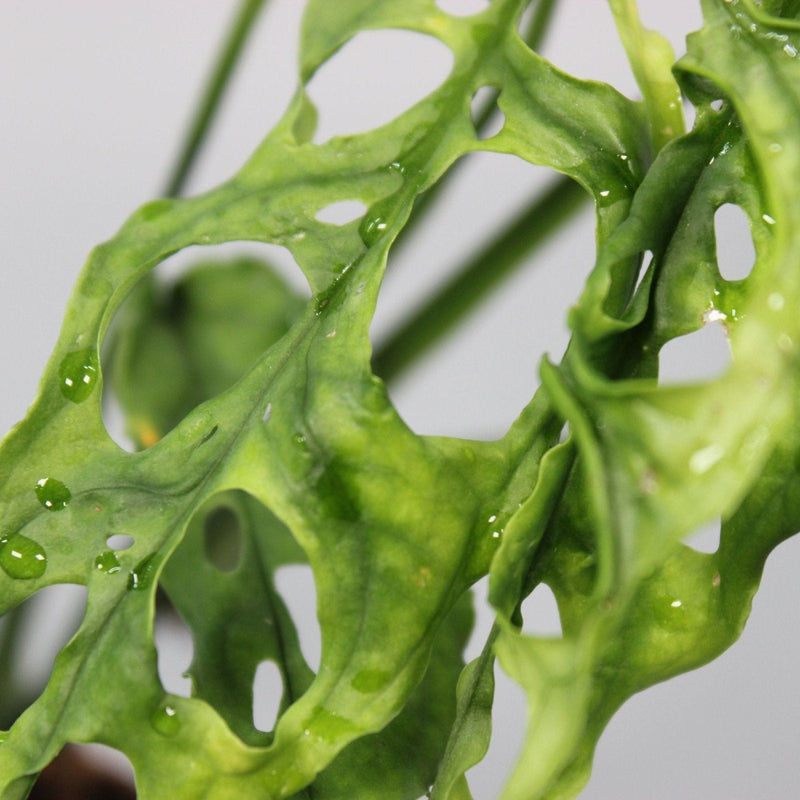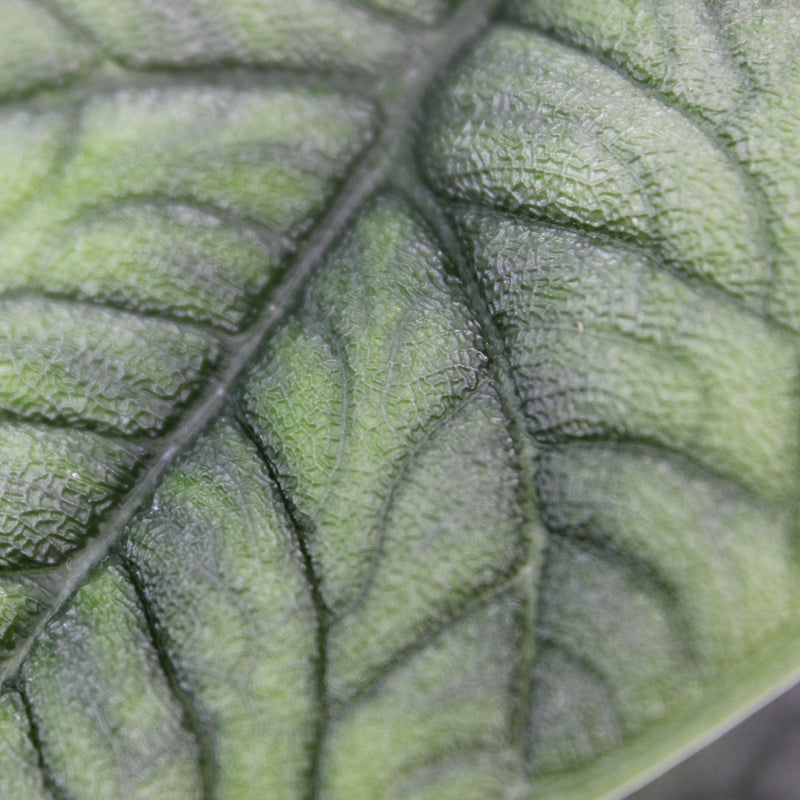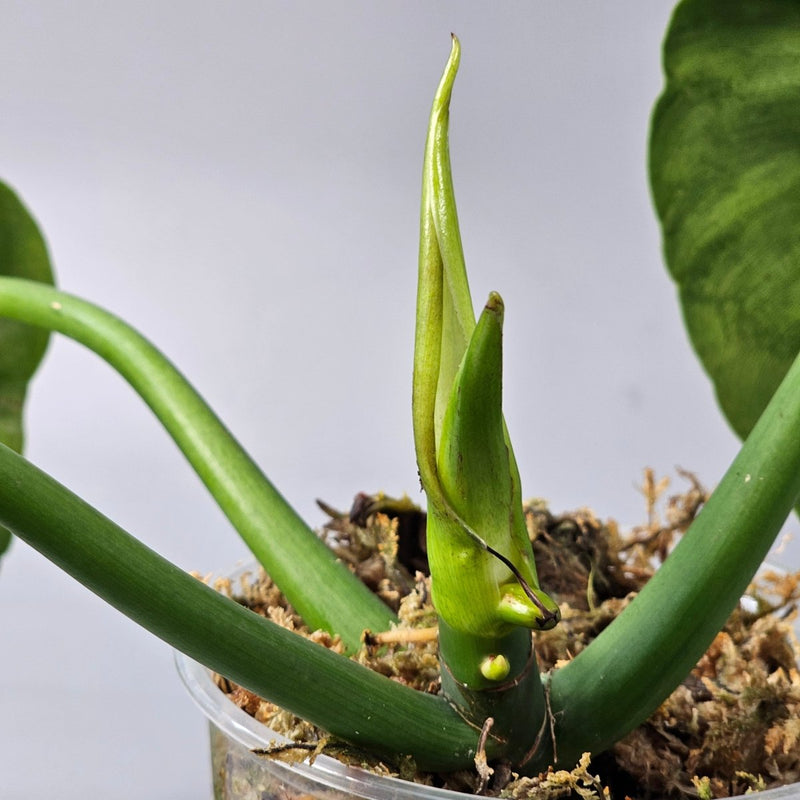
by Odd Leaf
Everything You Need to Know About Plant Nodes
Everything You Need to Know About Plant Nodes Understanding the anatomy of your houseplants is crucial for their care and propagation, particularly when you are dealing with rare houseplants. One of the most vital parts of a plant’s anatomy is the node. In this blog post, we’ll explore what nodes are, their importance, and how you can use this knowledge to better care for your plants. What is a Plant Node? A node is a point along the stem of a plant from which leaves, branches, and aerial roots grow out. It is a crucial part of the plant's growth and development because it is where new life begins in the form of new shoots or roots. Nodes are easy to spot as they often have visible leaf scars or the base of leaves or branches. Why are Nodes Important? Nodes are critical for plant propagation, especially in stem cuttings. When propagating plants, a piece of the stem including at least one or two nodes is essential for successful root development. Additionally, understanding node placement can help you prune your plants more effectively, encouraging healthier growth and shaping the plant aesthetically. Identifying Nodes in Different Plant Types Monstera: Often easy to spot, nodes on Monstera plants are thickened segments of the stem from where aerial roots grow. Check out our Monstera collection for examples. Philodendron: Similar to Monstera, Philodendron nodes are marked by scars left by fallen leaves or by the beginnings of aerial roots. Visit our Philodendron collection to see more. Epipremnum: Nodes on Epipremnum, or Pothos, are often swollen and can be found along the stem, alternating with the leaves. Learn more about them in our Epipremnum collection. How to Propagate Using Nodes Select the Cutting: Choose a healthy section of the stem that includes at least two nodes. Cut: Use a clean, sharp pair of scissors or pruning shears to cut just below a node. This area is where the new roots will sprout. Root: Place the cutting in water or a moist soil mix, ensuring at least one node is submerged or buried. Roots should begin to form within a few weeks. Plant: Once the roots have developed, plant the cutting in a suitable potting mix and care for it as you would a mature plant. FAQs How often should I water my propagated cuttings? Water enough to keep the soil moist, but not waterlogged. Overwatering can cause rot, particularly at the node. For more detailed information, read our guide on how often to water rare houseplants. Can all plants be propagated from nodes? Most plants with stems can be propagated from nodes, but some might require different methods like leaf cuttings or division. Check the specific care guide for your plant. What should I do if the node rots during propagation? This usually indicates too much moisture. Allow the cutting to dry out slightly and cut back to a healthy part of the stem if necessary. For more troubleshooting tips, see our article on common mistakes new rare plant owners make and how to avoid them. Understanding and identifying nodes can significantly impact your success with growing and propagating rare houseplants. Whether you’re a beginner or an experienced plant enthusiast, mastering this aspect of plant care can enhance your gardening skills and help you build a thriving indoor garden. For more tips on caring for your rare houseplants, explore our blog section or visit our comprehensive guides on specific species such as rooting Philodendron cuttings and growing Epipremnum Pinnatum.

